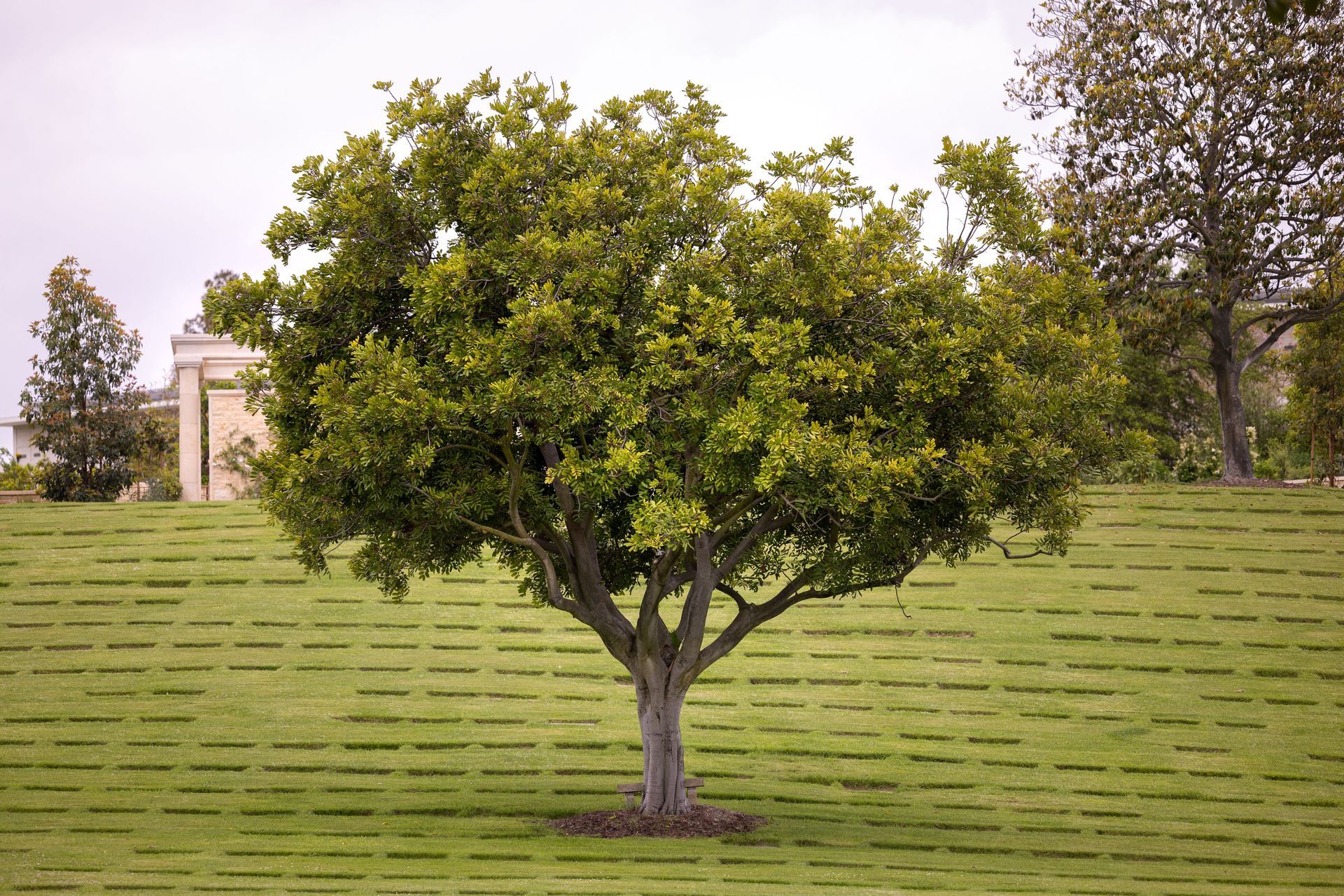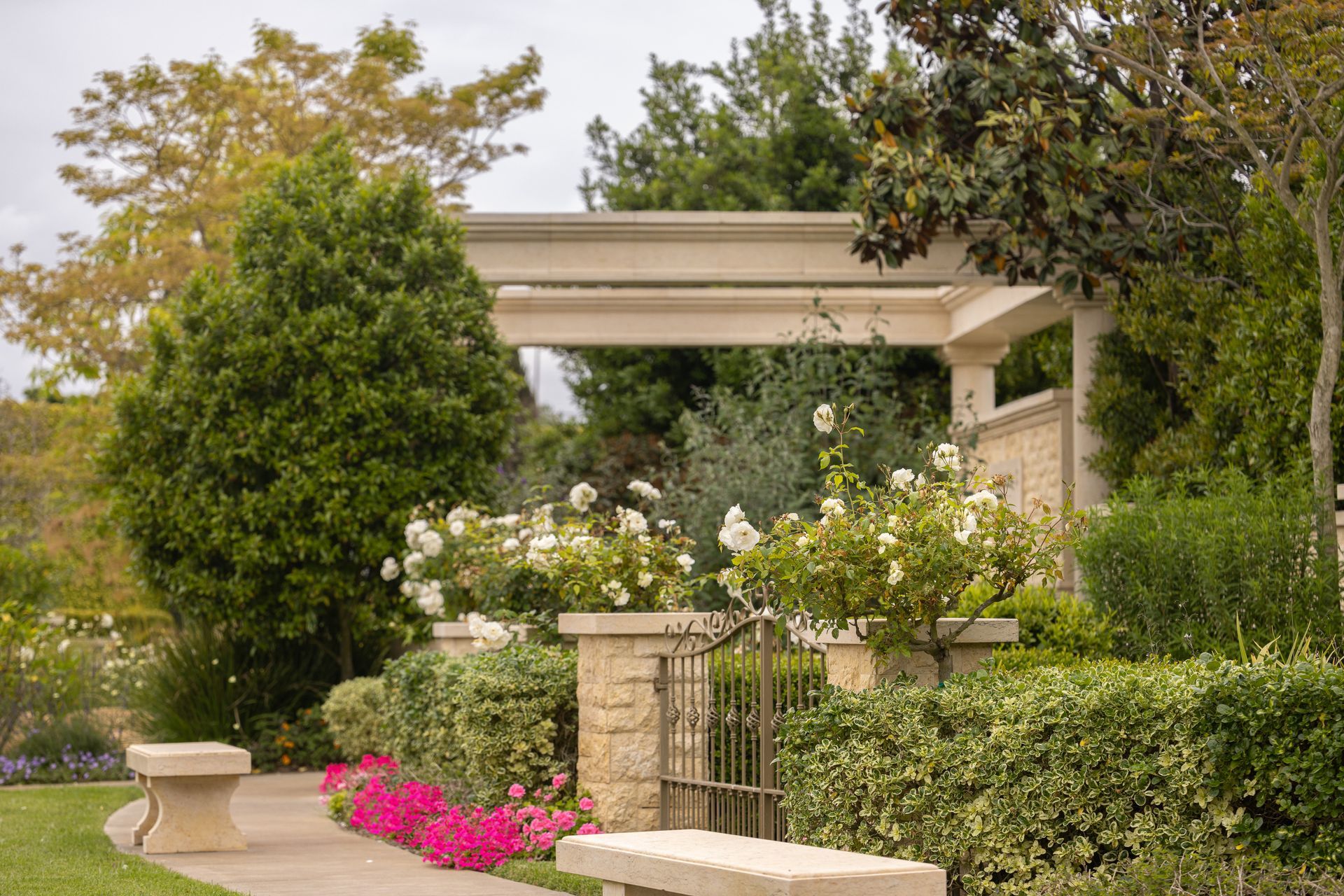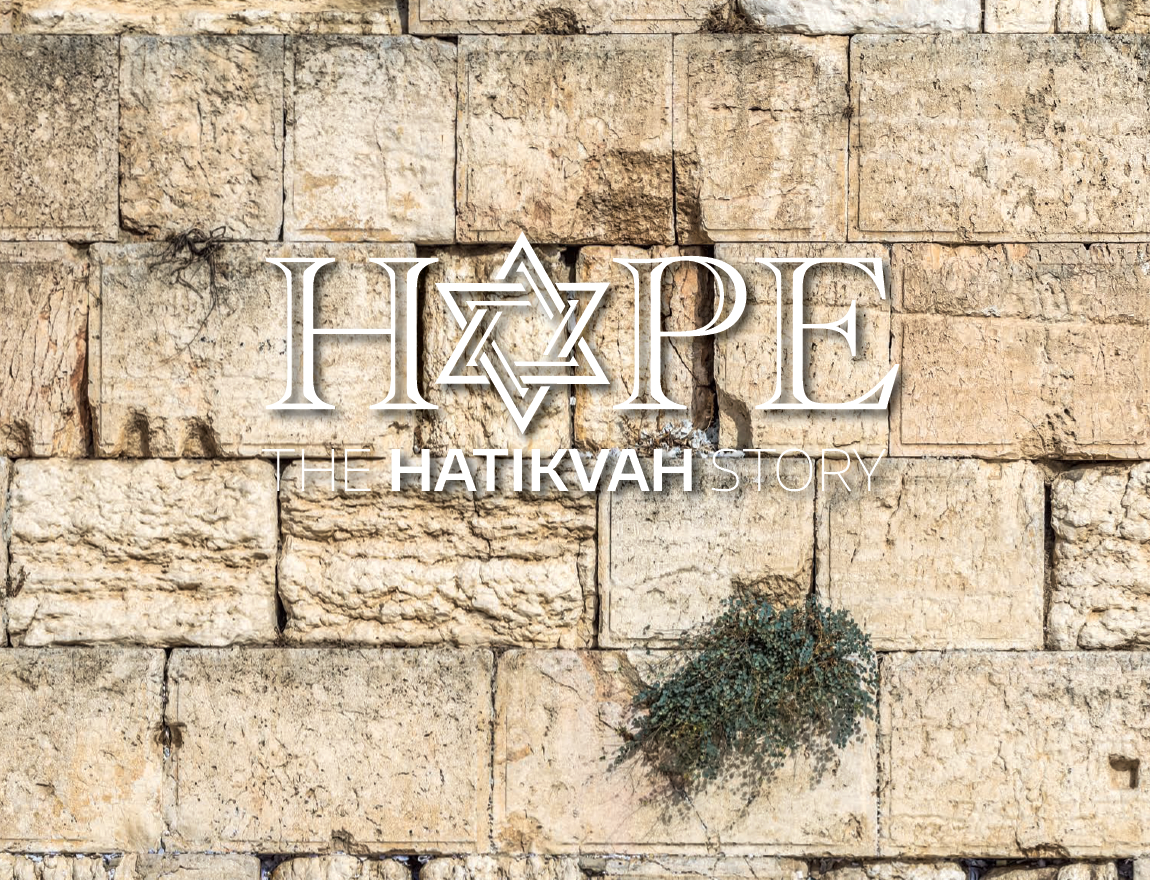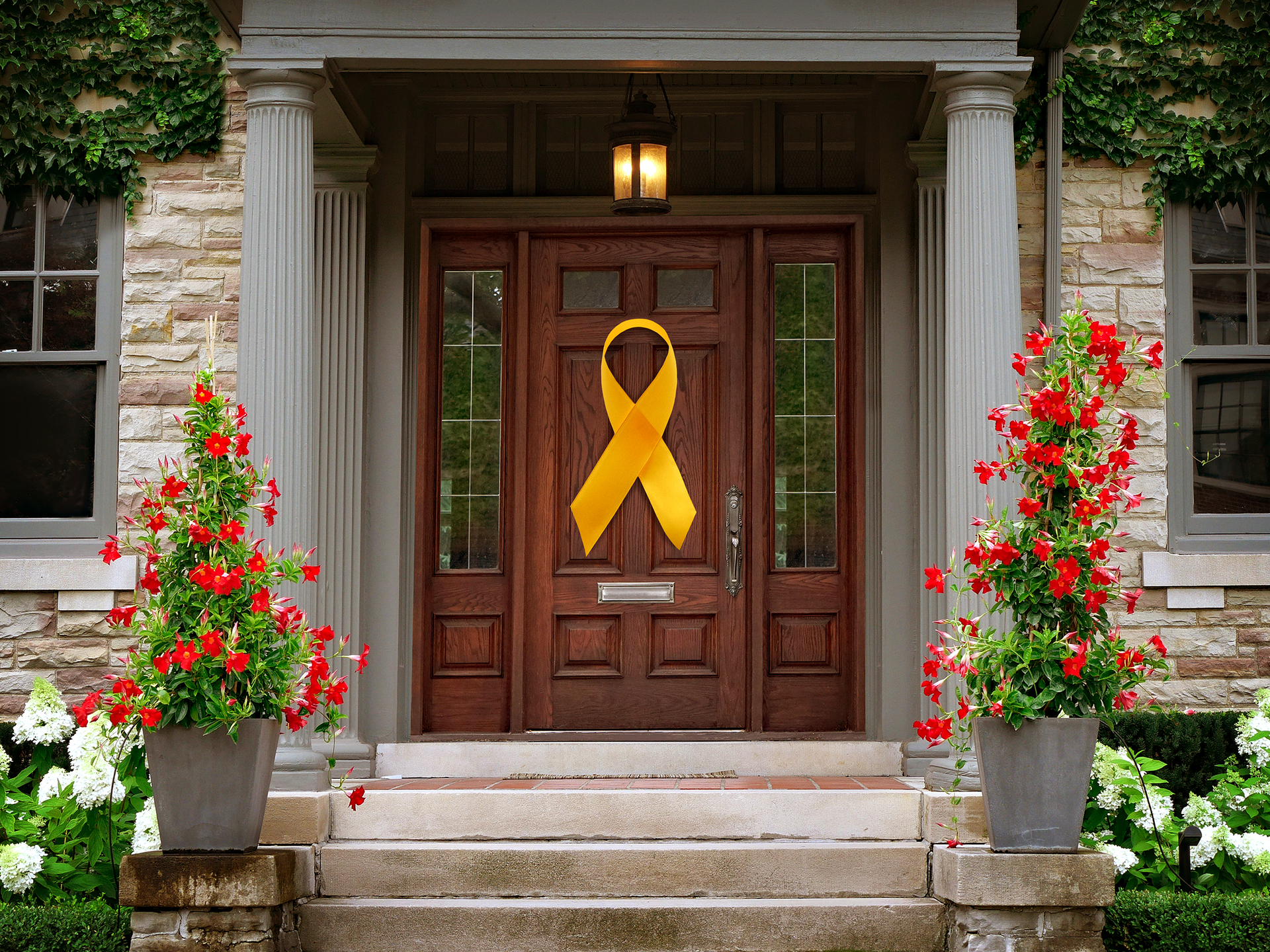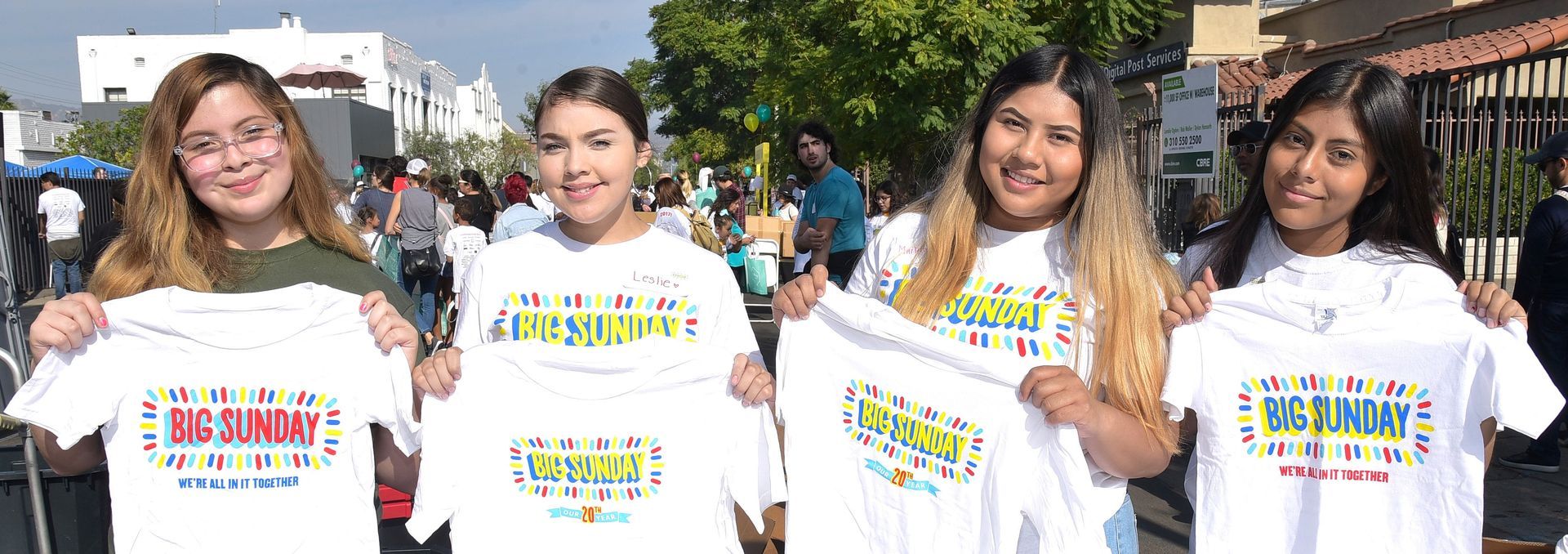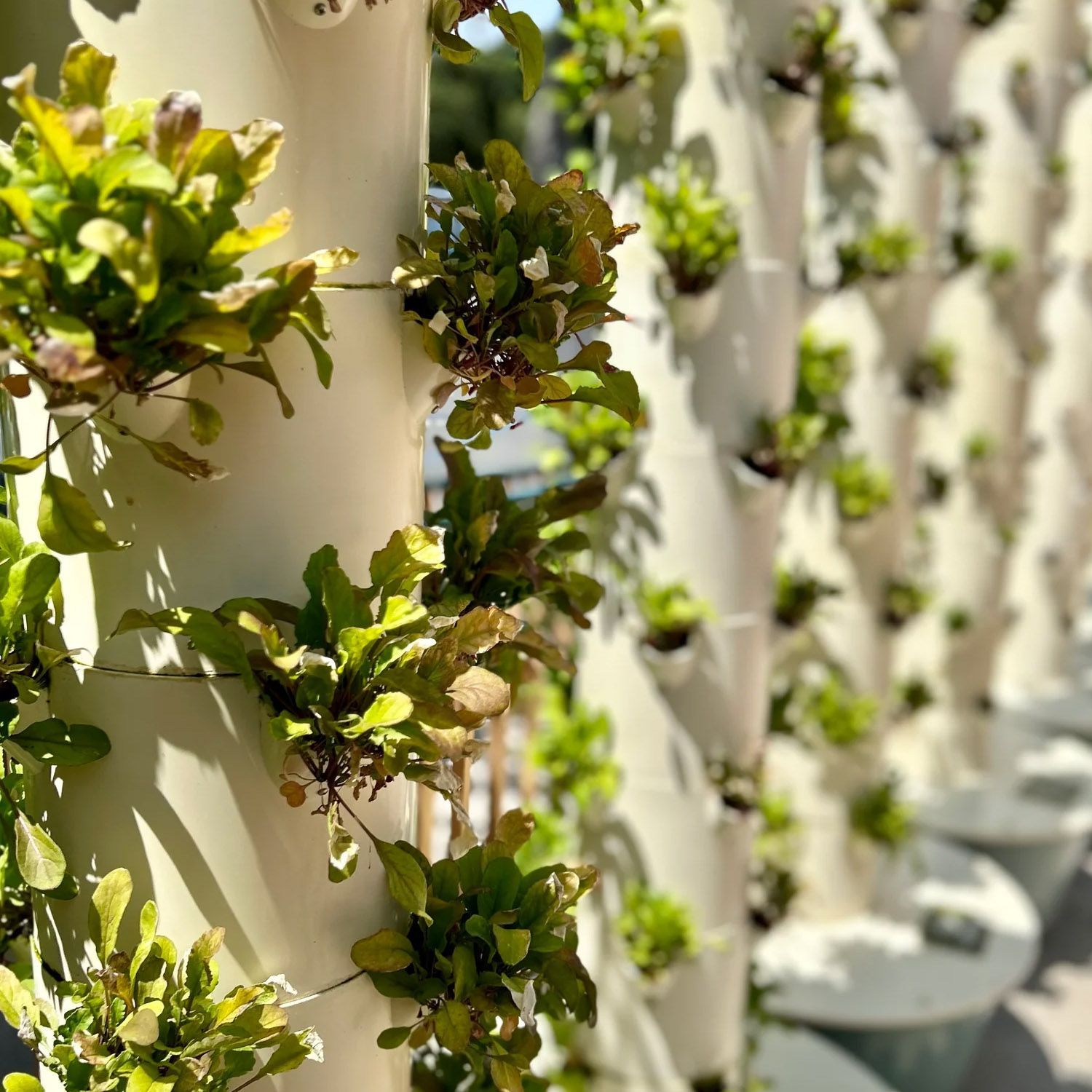The Jewish New Year: A Time for Reflection and Renewal
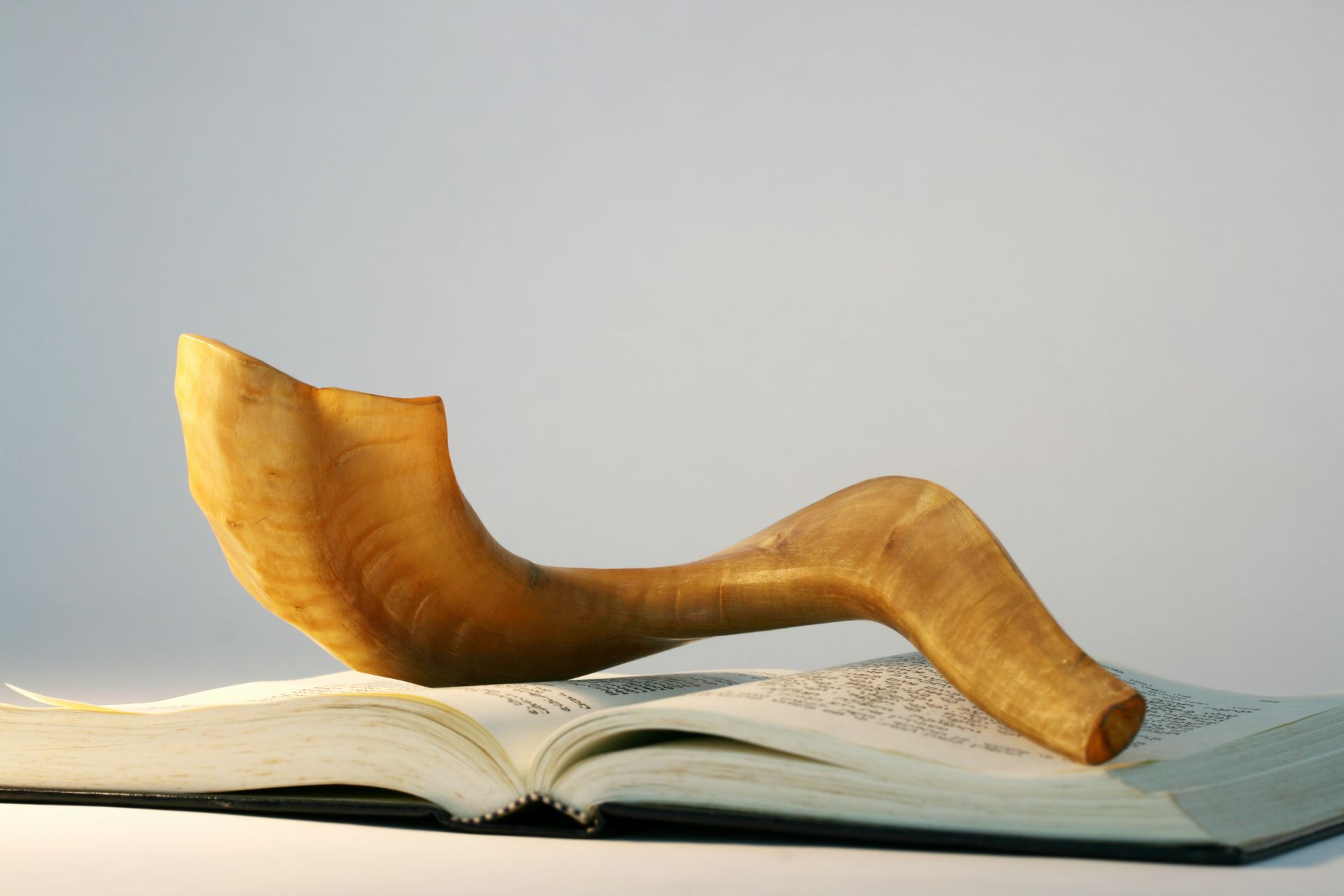
As the Jewish year of 5786 approaches, the turning of the calendar offers more than just a date change—it invites us into a sacred cycle of learning, reflection, and growth. In Judaism, each year is an opportunity to reconnect with our traditions, our community, and ourselves. Hillside Memorial Park and Mortuary spoke with Sarah Grondlund Jacob, our Community Liaison, to explore the deeper meaning of this moment in the Jewish year, as well as how this year’s calendar theme, Hatikvah—“The Hope”—inspires us to move forward together.
A Year in the Life of the Torah
At its most fundamental level, the Jewish year represents a complete cycle of reading the Torah from beginning to end. “The one thing that always happens,” Sarah explains, “is that it starts and ends with the beginning and the end of the Torah. And each week, we progress one Torah portion forward.” This steady rhythm ties the passage of time to the foundation of Jewish life and ensures that, throughout the year, we encounter the full breadth of Jewish teaching—whether or not the Torah portion aligns with the season in which the events took place.
Marking Time by the Moon
The Jewish calendar follows the lunar cycle, with each new month beginning at the Rosh Chodesh—the appearance of a new moon. Sarah notes the beauty of this symbolism: “It’s not actually a new moon; it’s the same moon that was just a sliver a few days ago. It disappears, but we have this confidence it will come back.” Unlike the unchanging sun, the moon waxes and wanes, reminding us that change and renewal are part of life. This cycle shapes not only our months but also the timing of our holidays, weaving the natural world into the spiritual rhythm of the year.
Preparing the Heart for the New Year
While Rosh Hashanah marks the formal beginning of the Jewish year, preparation begins a month earlier during Elul. This is a time for self-examination and tshuva—returning to one’s best self. “You have the ability to go to someone you’ve hurt, say you’re sorry, and change for the better,” Sarah says. “You’re not stuck in a cycle of hurting someone again and again.” The practice of seeking forgiveness, making amends, and setting intentions for the year ahead transforms the High Holy Days into a deeply personal journey toward growth and reconciliation.
The Enduring Power of Hope
This year’s Hillside calendar takes inspiration from Hatikvah, Israel’s national anthem, whose name means “The Hope.” For Sarah, the theme resonates beyond national borders. “Even now that we have Israel as a homeland, it’s not guaranteed—it’s something we continue to hope for and nurture. That hope keeps going.” She reflects on the idea of Jewish “peoplehood,” which transcends geography and observance levels: “We are still the same people, even with differences. The hope is for the continuation of this peoplehood.”
Looking Ahead with Intention
As we begin 5786, the Jewish New Year invites us to embrace the cycles that define our lives—of study, of renewal, of relationship, and of hope. Whether we look to the steady return of the moon, the rhythm of Torah readings, or the call of Hatikvah, each offers a reminder that the year ahead is a gift and a responsibility. We invite you to begin the new year with our 5786 calendar to mark Jewish holidays throughout the year, parsha candle lighting times, and more.
